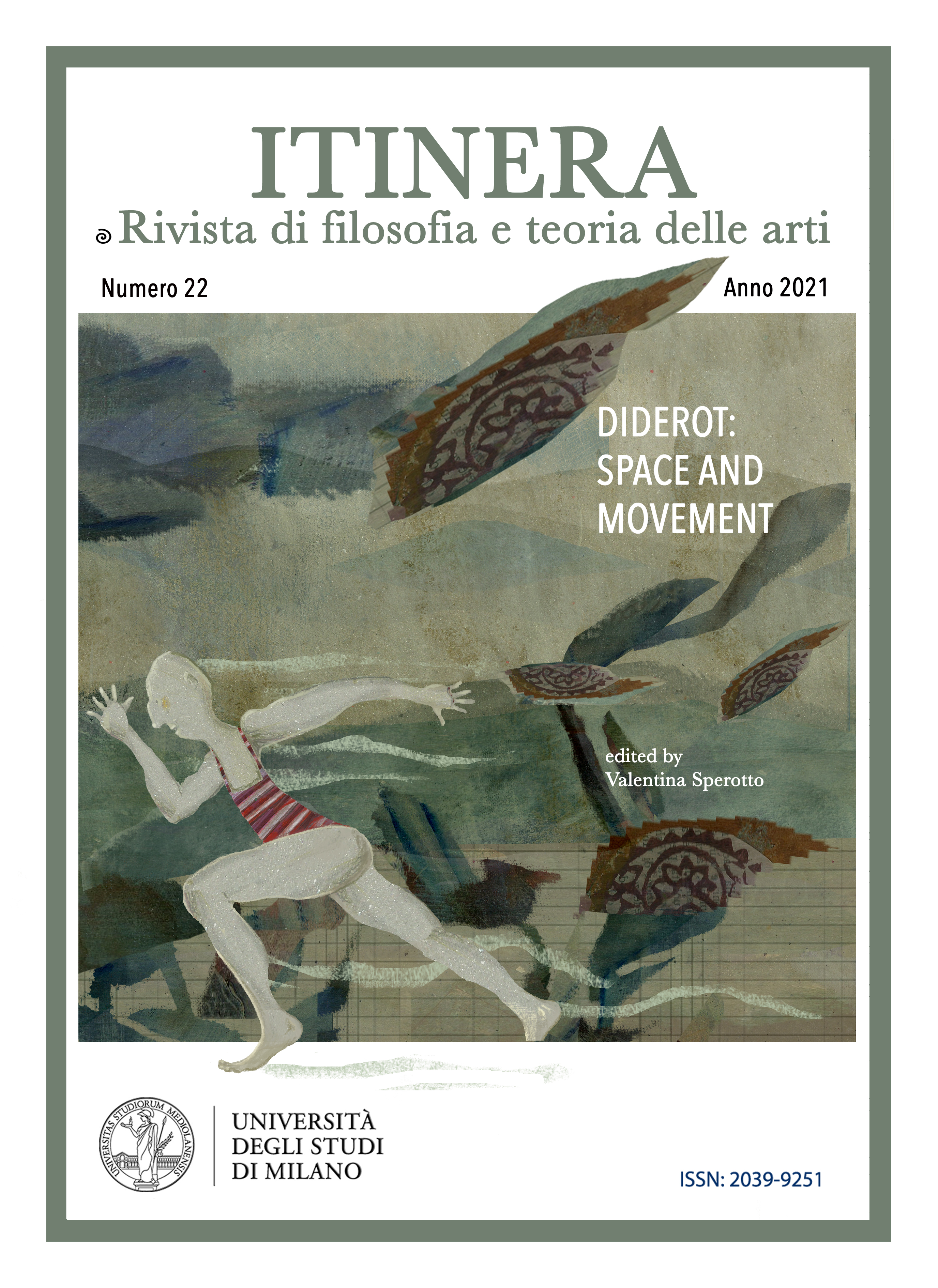The Ethical Value of the Inhumanity in Art A Levinasian Reading
DOI:
https://doi.org/10.54103/2039-9251/16935Keywords:
Levinas, Other, Face to Face, Art.Abstract
Reality and its Shadow, a brief yet powerful essay written in 1948, is the only text where Emmanuel Levinas (1906-1995) deals solely with the ontology of art. Already in this early text, we can see how his understanding that ethics is the ground of philosophy drives his discussion. The nature of art is therefore treated in relation to what it does, ethically, to the subject, the maker, and the viewer. Art is the “inhumanity” and “inversion” of ethics. Only philosophical criticism reintegrates its “inhumanity” in the ethical relation. The strength of Levinas’s philosophy issues from a pre-cognitive commitment to the “other”, epitomised in the “face to face” relation. Any philosophy emphasising the primacy of the subject over and above the “other” crumbles under his reading. Yet this same strength implies that those domains where the “face to face” relation is obscured lead to irresponsibility. One such domain is art. In this essay I argue that by applying his mature work to the criticism he advances in Reality and its Shadow we can find ethical value in art in virtue of its “inhumanity” and “inversion”. That is, we can agree with Levinas that art leads to irresponsibility, and yet ascribe to it positive ethical value in Levinas's own terms. This can help concretise the tension between the ethical and unethical aspects of art within a Levinasian framework.
References
Cohen, R., Levinas on Art and Aestheticism: Getting ‘Reality and Its Shadow’ Right, in “Levinas Studies”, XI, 2016, pp. 149-194.
Davy, B. J., An Other Face of Ethics in Levinas, in “Ethics and the Environment”, XII/1, 2007, pp. 39-65.
Levinas, E., Reality and its Shadow (1948), transl. by Lingis, A., 1987, in Levinas, E., Hand, S. (ed. by) The Levinas Reader: Emmanuel Levinas, Basil Blackwell, Oxford 1989, pp. 130-143.
Levinas, E., The Trace of the Other (1963), transl. by Lingis, A., in Taylor, M. (ed. by) Deconstruction in context: literature and philosophy, University of Chicago Press, Chicago 1998, pp. 344-359.
Levinas, E., Totality and Infinity: An essay on exteriority (1961), transl. by Lingis, A., Martinus Nijhoff Publishers, Boston 1979.
Heidegger, M., The Origin of the Work of Art (1960), transl. by Hofstadter, A., 1971, in Heidegger, M., Hofstadter, A. (ed. by) Poetry, Language, Thought, Perennial Library, New York 1975, pp. 15-86.
McDonald, H., Aesthetics as first ethics: Levinas and the Alterity of Literary Discourse, in “Diacritics”, XXXVIII/4, 2008, pp. 15-41.
Stulberg, R., Heidegger and the Origin of the Work of Art: An Explication, in “The Journal of Aesthetics and Art Criticism”, XXXII/2, 1973, pp. 257-265.
Downloads
Published
Issue
Section
License
The authors who publish in Itinera are required to accept the following conditions:
1. The authors retain the rights on their paper and lincese the journal the right of first publication. The paper is also licensed under a Creative Commons License, which allows others to share it, by indicating intellectual authorship and its first publication in Itinera.
2. Authors may adhere to other non-exclusive license agreements for the distribution of the published version of the paper (ex. deposit it in an institutional archive or publish it in a monograph), provided that its first publication in Itinera is indicated.
3. Authors can disseminate their paper online (ex. in institutional repositories or on their website) before and during the submission process, since this can lead to productive exchanges and increase quotations of the published work (See “The Effect of Open Access”).





